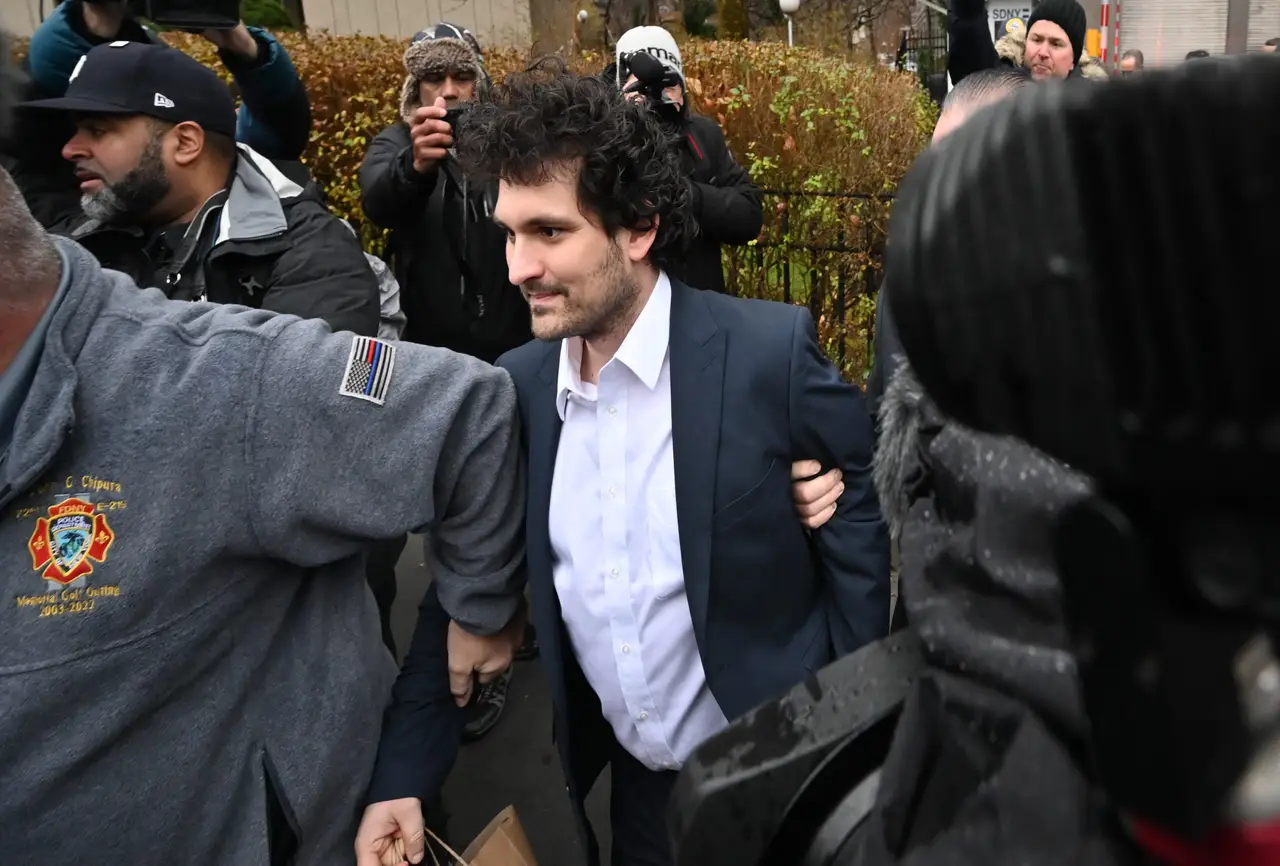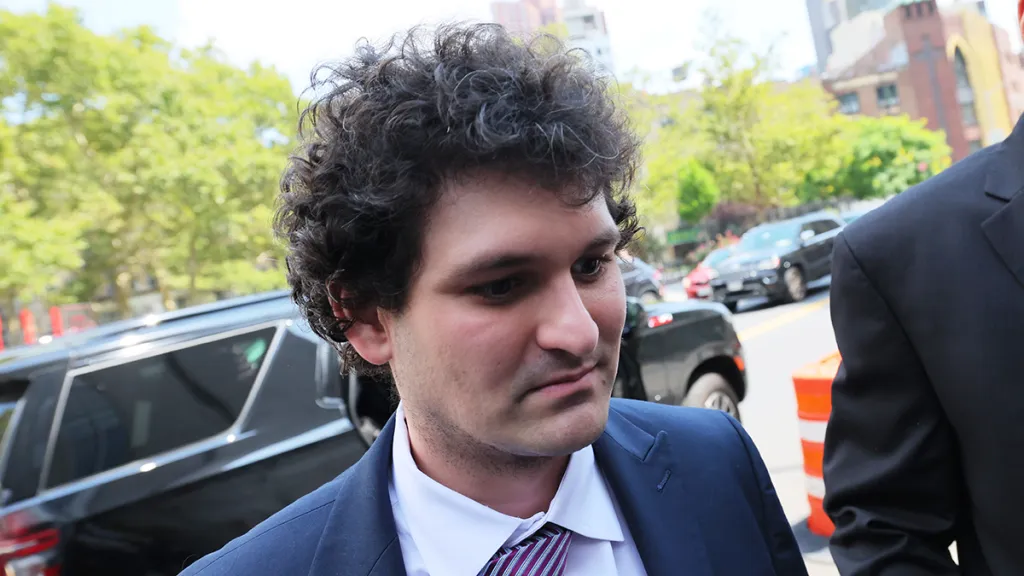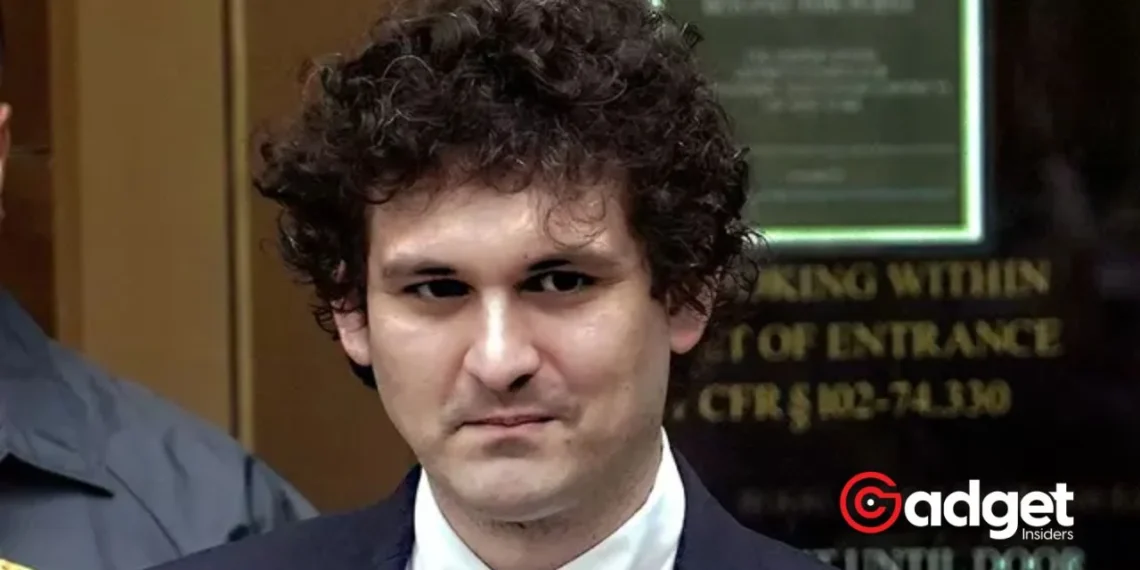In a turn of events that has captured the attention of the financial world and beyond, Sam Bankman-Fried, once hailed as the king of cryptocurrency, has found himself at a crossroads of legal and personal upheaval. Sentenced to 25 years in the intricate dance of justice, his saga unfolds further, revealing layers of strategy, psychology, and the daunting prospect of incarceration.
This narrative explores the potential paths Bankman-Fried might navigate, shedding light on the mechanisms of the penal system, the influence of individual behavior on incarceration outcomes, and the broader implications of his fall from grace.
The Sentencing of Sam Bankman-Fried
On a day that marked a significant pivot in his life, Sam Bankman-Fried was sentenced to 25 years in prison, setting the stage for a profound transformation. This sentence came after a court found him guilty of perpetrating one of the most significant financial frauds in recent history.
The decision, delivered in a Manhattan federal court, underscored the gravity of his actions, yet it also opened a dialogue on the nature of punishment, rehabilitation, and the capacity for change within the carceral environment.

Navigating the Prison System: A Test of Strategy and Self-Control
The journey from sentencing to incarceration is fraught with uncertainty and challenges. As prison consultants have indicated, Bankman-Fried’s immediate future involves intricate logistics and decisions, notably the designation of his prison facility.
A recommendation for placement in a medium or low-security facility in the San Francisco Bay Area aims to accommodate familial connections, highlighting the personal dimensions of legal penalties.
The Path to a Low-Security Facility: Prospects and Perils
Experts suggest that Bankman-Fried might be directed to a low-security prison, a decision influenced by various factors, including his behavioral record and the potential risks associated with higher-security environments. This scenario, while seemingly a lesser ordeal, carries its own set of complexities and dangers, particularly for someone of Bankman-Fried’s profile.
The challenges of adjusting to prison life, coupled with the need for vigilance against exploitation and maintaining personal safety, underscore the multifaceted nature of incarceration.

The Role of Good Behavior and Educational Contributions
A critical aspect of Bankman-Fried’s potential to influence his prison experience lies in his engagement with rehabilitative programs and educational opportunities.
By embracing roles such as teaching and participating in anti-recidivism initiatives, he has the chance to not only contribute positively to the inmate community but also to earn reductions in his sentence. This path demands a level of impulse control and adaptability, qualities that will be tested in the face of prison’s inherent pressures and temptations.
Sam Bankman-Fried could go to a low-security prison and get out early if he plays his cards right, prison consultants say https://t.co/kaPeZIRl27
— Business Insider (@BusinessInsider) March 30, 2024
Reflections on Risk and Redemption
The saga of Sam Bankman-Fried serves as a cautionary tale about the perils of hubris and the volatile nature of financial speculation. His journey from the apex of crypto innovation to the depths of legal retribution embodies the themes of risk, responsibility, and the quest for redemption.
As he navigates the complexities of the prison system, the broader narrative of his life continues to unfold, offering insights into the intersections of technology, finance, and the human capacity for change.

“That was the game. It started at least as early as Jane Street, and it continued to the very end. It’s his nature,” Kaplan said. “He regrets he made a very bad bet about the likelihood of getting caught.”
In this intricate dance of justice, rehabilitation, and personal evolution, Bankman-Fried’s story is a reminder of the fragile balance between ambition and ethical boundaries.
As the world watches, the chapters yet to be written in his life will undoubtedly contribute to the ongoing discourse on crime, punishment, and the possibility of redemption in the digital age.


